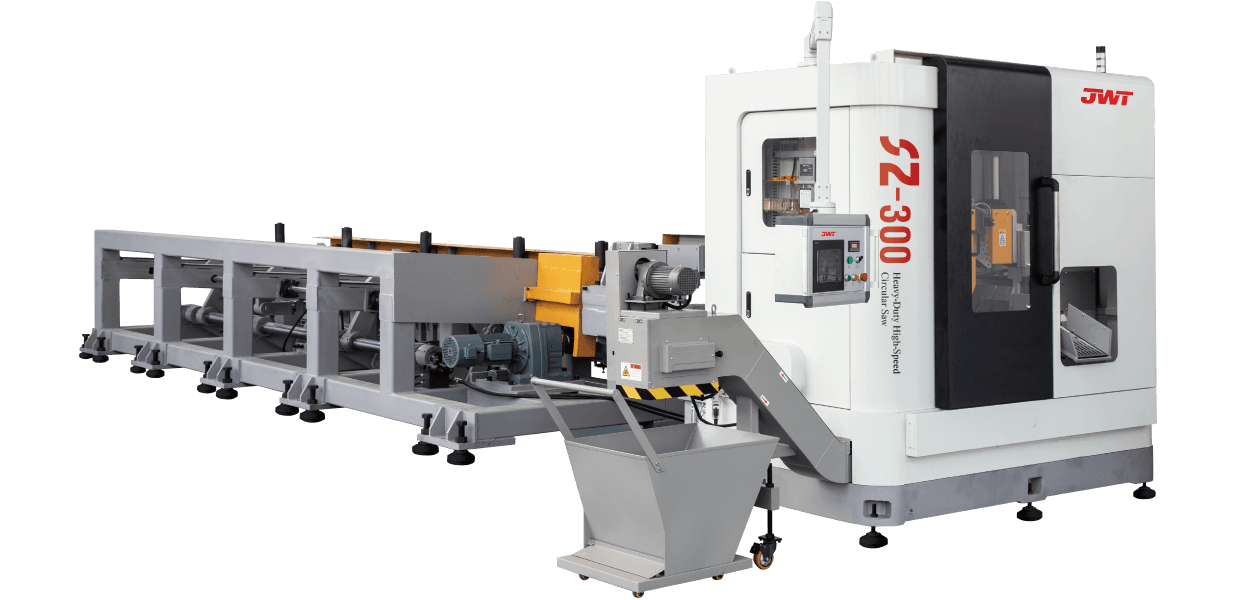The Power of Heavy Duty Saw Machines in Modern Manufacturing
In the modern manufacturing landscape, the importance of heavy-duty saw machines cannot be overstated. These machines have become indispensable tools in various industries, thanks to their sheer power, accuracy, and ability to handle large volumes of work. Whether in a factory producing metal parts or a construction site cutting through concrete slabs, heavy-duty saw machines are designed to meet the high demands of these environments.
One of the standout characteristics of heavy-duty saw machines is their ability to cut through large, tough materials with ease. Traditional saws, often lighter and less powerful, might struggle to cut through thicker materials, leading to increased wear on the equipment and lower efficiency. Heavy-duty saws, however, are equipped with powerful motors and high-performance blades that can slice through metal, stone, and wood without compromising on speed or precision. This is particularly valuable in manufacturing settings where cutting large quantities of material is a routine task.
The precision that heavy-duty saw machines offer is another reason they’re so highly regarded. In industries like aerospace, automotive, and metalworking, precision is crucial. Even the slightest deviation from the required cut can result in significant problems, from faulty parts to safety hazards. These saws are designed with cutting-edge technology that allows operators to make highly accurate cuts, ensuring that every piece produced meets strict specifications. Some machines even come with computerized controls that can program and automate the cutting process, further enhancing precision and reducing human error.

Another critical factor in the popularity of heavy-duty saw machines is their ability to work efficiently at high speeds. In large-scale production environments, time is money. The faster a saw can cut through materials without losing quality, the more productive the operation becomes. Heavy-duty saw machines are built to run for extended periods without overheating or losing their cutting power. This makes them ideal for industries that require continuous operation, such as automotive manufacturing, where high volumes of materials need to be processed quickly.
Additionally, heavy-duty saws are versatile, capable of handling a wide range of materials and cutting tasks. Whether you’re cutting thick metal plates for structural components or precision pieces for intricate designs, a heavy-duty saw machine can often be adjusted to suit the specific needs of the job. The ability to swap out blades, adjust cutting speeds, and change the cutting angle makes these machines flexible enough to tackle various applications, from rough cuts to fine details.
The durability of heavy-duty saw machines is another significant selling point. These machines are built to last, with reinforced components and rugged frames that can handle the stress of constant use. As a result, they require less frequent replacement and repairs compared to less robust equipment. This longevity translates into long-term cost savings for businesses, as they don't have to invest in new machines as frequently.
However, operating such powerful equipment requires skilled operators. Safety is always a concern with heavy-duty saw machines, and proper training is essential. Operators must be knowledgeable about the machine’s functions and safety protocols to avoid accidents. Modern saws often come equipped with safety features like automatic shutoffs, protective shields, and emergency stop buttons, all of which work together to mitigate risks. Nonetheless, proper safety training and awareness are vital to ensuring safe operation.



 中文简体
中文简体 русский
русский







